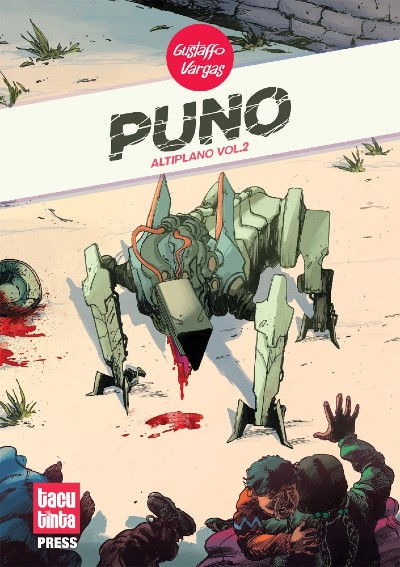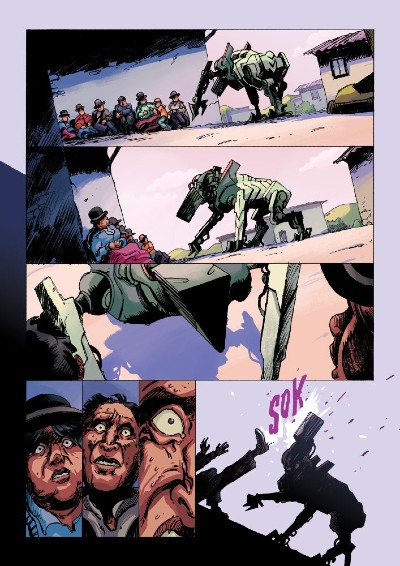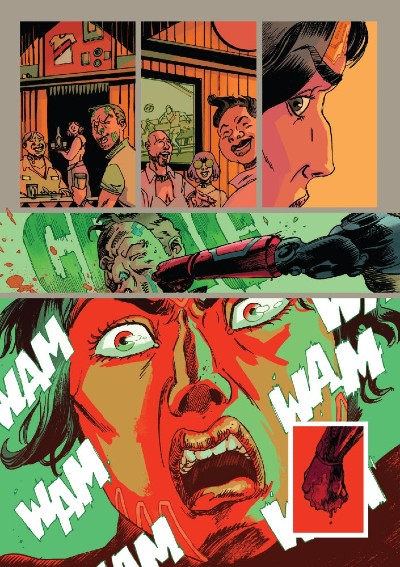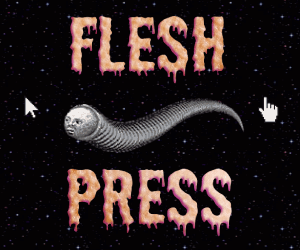The Peruvian sci-fi comics of Gustaffo Vargas are an astonishing phenomenon from a dual perspective. Firstly, Vargas’s genuinely stunning art, sequential pacing and ever inventive command of the page is a masterclass in visual storytelling. Secondly and puzzlingly, how can work this strong not have been picked up by a major publisher to date? Since I last reviewed his work a year and a few months ago, of course, the pandemic has affected the trajectory of the profiles of a number of creators who were building up a growing buzz around their comics. While we wait for the world to return to a degree of normalcy those unfamiliar with the series to date can catch up by picking up copies of Trujillo, L1MA, Manu and Puno online here.
If you want to see further examples of why I hold Vargas in such high esteem you can see favourable reviews at Broken Frontier of two of his previous comics L1MA here and Manu: Altiplano Vol. 1 here. His latest offering Puno is the second “volume” of Altiplano, picking up on the events of that story in a cyberpunk comic described as being “about robots, memories, warfare and sex.” It’s also the fourth offering of the wider story arc set in Vargas’s near-future South American dystopia of gangs, conspiracies and cybernetic tech, and it’s the one where the many plot threads that Vargas has set up begin weave together for the next issue’s tying up of threads.
Puno continues in chronicling the exploits of fugitives Lila and Sonia, the wider criminal enterprises and government corruption of the world Vargas has created and the devastating impact on the indigenous people, with plenty of robotic predators and cyborg creatures thrown into the mix for good measure. At this point to speak of plot specifics too closely would be to spoil the experience of the carefully constructed narrative Vargas has been crafting over the last few issues for would-be new readers. But everything points to an explosive finale to this series within a series in the culminating part of the Altiplano trilogy.
In the past if I’ve had one criticism of the issues to date it’s been a lack of exposition in giving enough context to the wider connections between events and characters. Here Vargas acquits himself with double-page spreads that act as a visual aide memoire to previous key story points and also through a potted history of events that draws together all the crucial plot elements so far. It’s undoubtedly his visuals that will be the main attraction to the casual reader, though, and once again his now trademark shifts between conventional panel layouts and more experimental, freeform pages underlines the hybrid quality of a world with one foot in recognisable, gritty reality and one in the fantastic and the alien. His lettering choices, too, are a vital part of the flow each issue, in places having an almost kinetic energy to them.
Over the years it’s become increasingly rarer for me to cover genre-based comics in this column as my focus has shifted ever more towards alternative and unorthodox uses of the form. But Gustaffo Vargas will always be an exception. If you can afford it then splash out on all the “Peruvian cyberpunk” titles in one go and experience the work of one of the finest talents on the small press circuit right now.
For more on the work of Gustaffo Vargas visit his online store here, and follow him on Instagram here and Twitter here.
Review by Andy Oliver

















